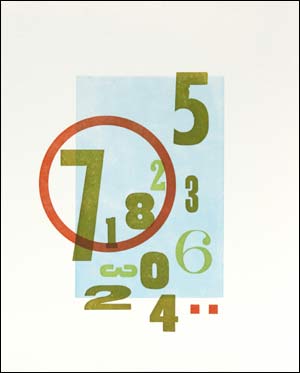Today is National Handwriting Day in the US. For years I’ve typed almost all my correspondence and my handwriting has gotten quite illegible. Plus I’ve never really liked my own scrawl very much. So I love to find digital handwriting fonts, especially old-fashioned ones like Old Fonts — “authentic 18th and 19th century penmanship” fonts from Three Islands Press in Maine. The example below is Emily Austin. And be sure to check out the lovely ampersand in the text font Broadsheet.

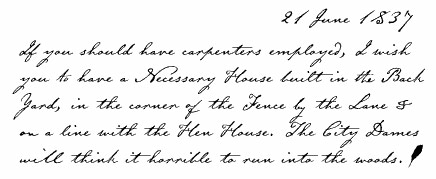
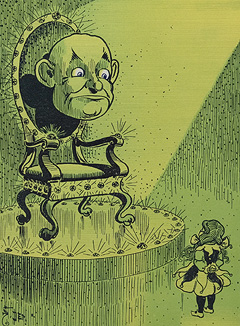

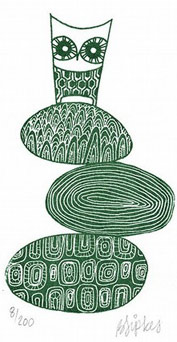
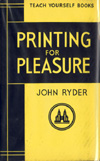
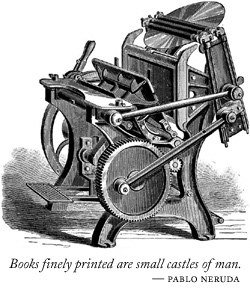 I keep a notebook of quotes and poetry that I scour for titles for my broadsides. Juliet, over on the
I keep a notebook of quotes and poetry that I scour for titles for my broadsides. Juliet, over on the 